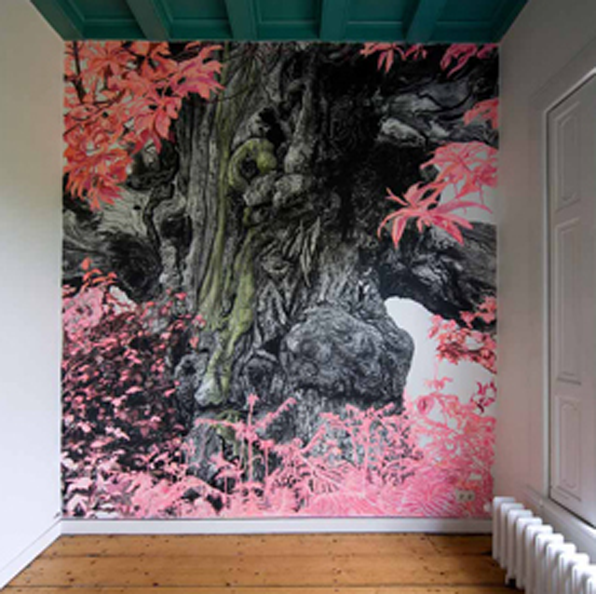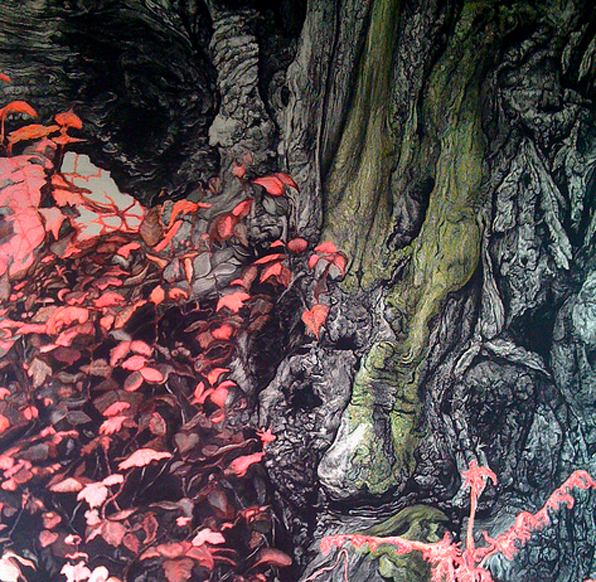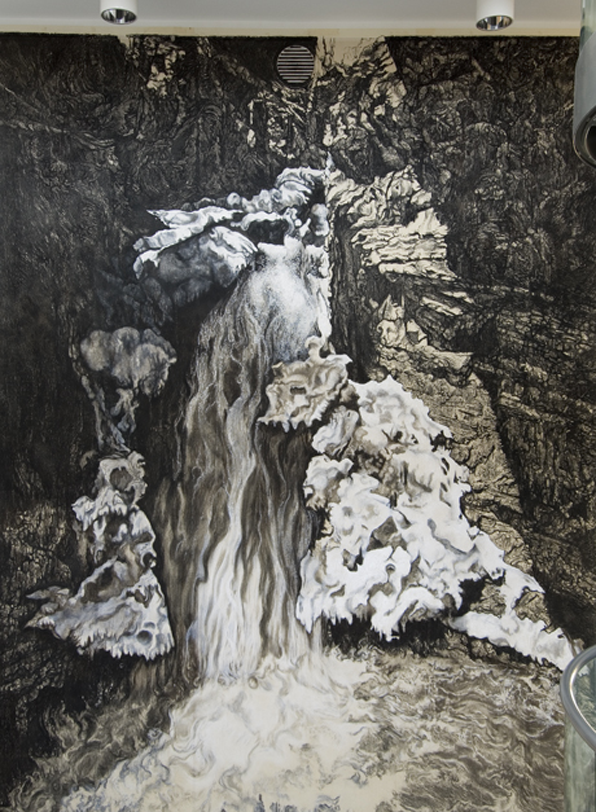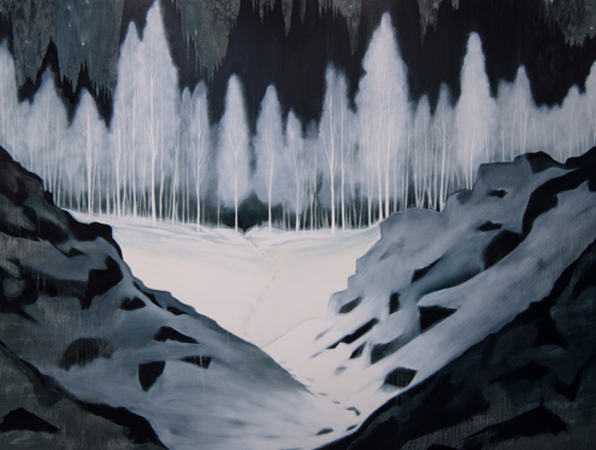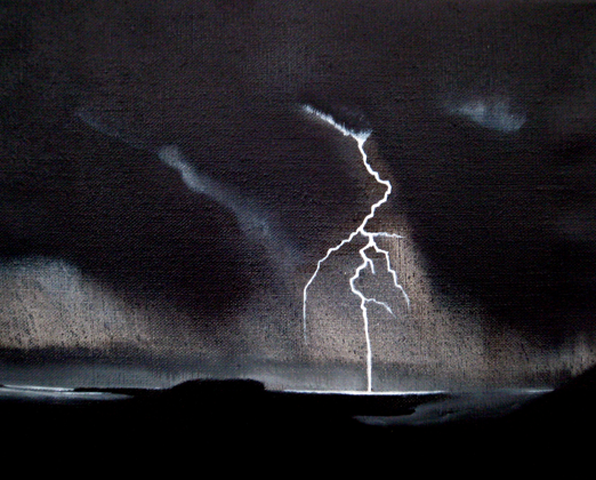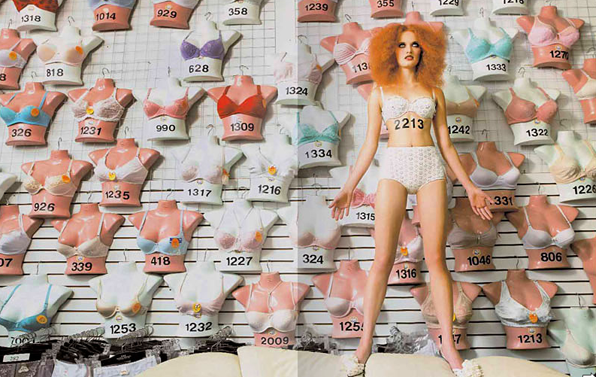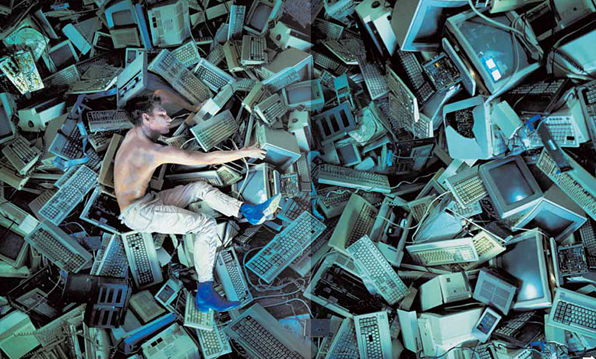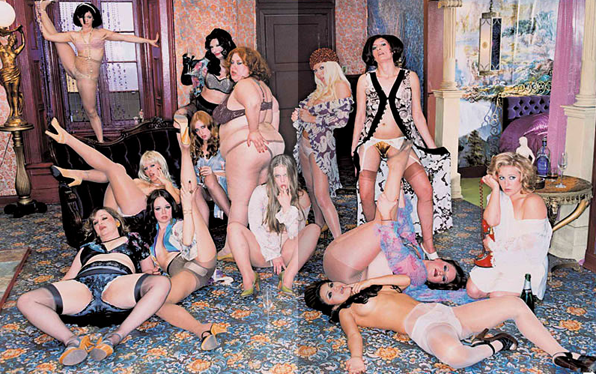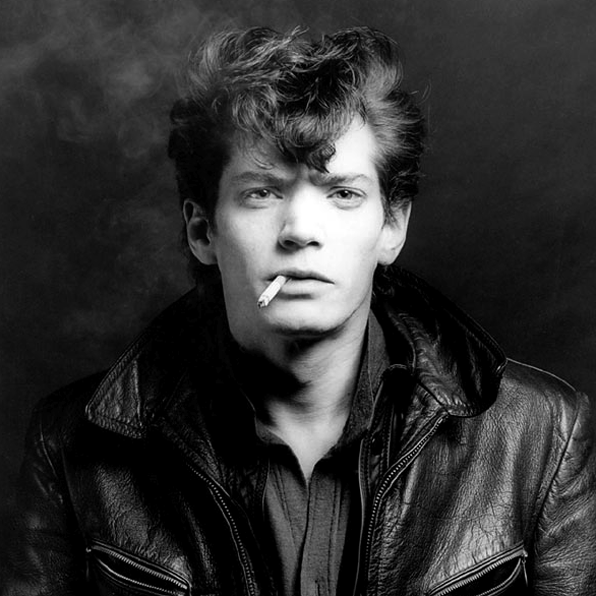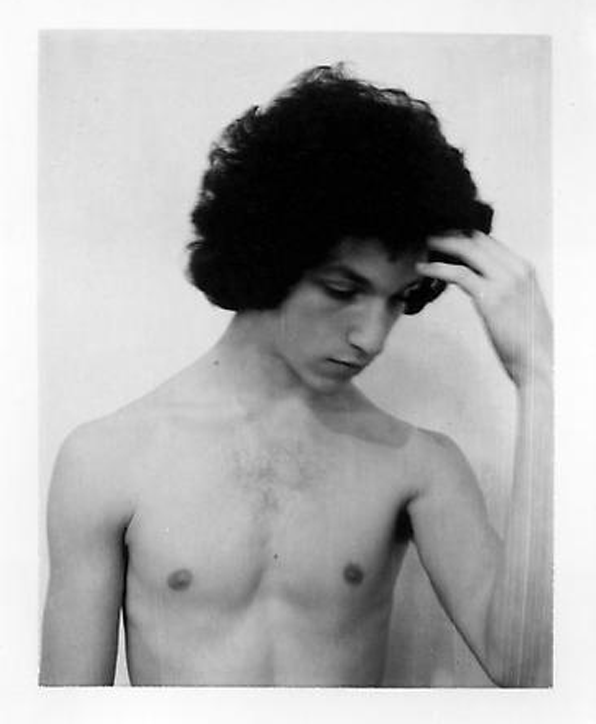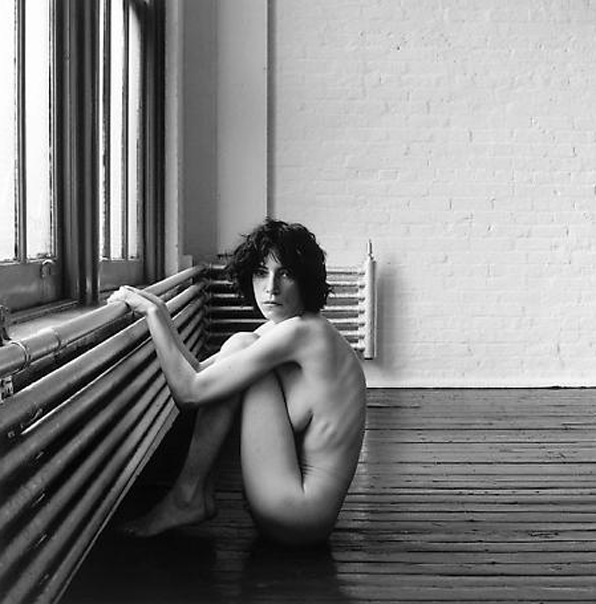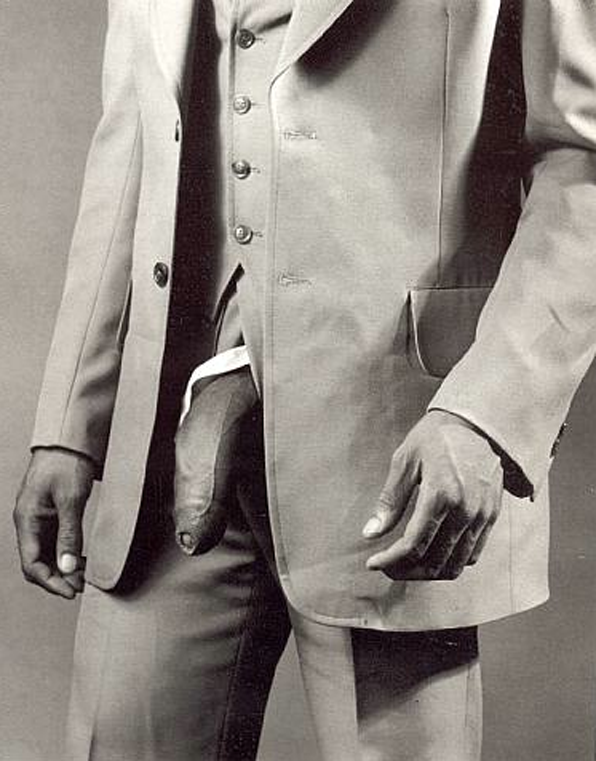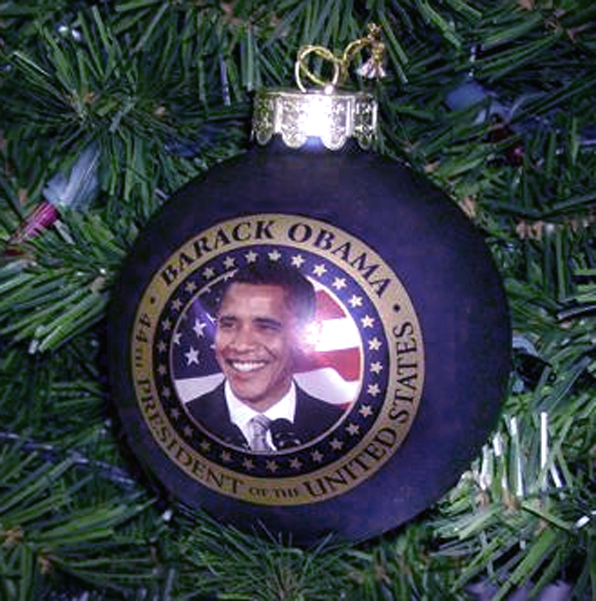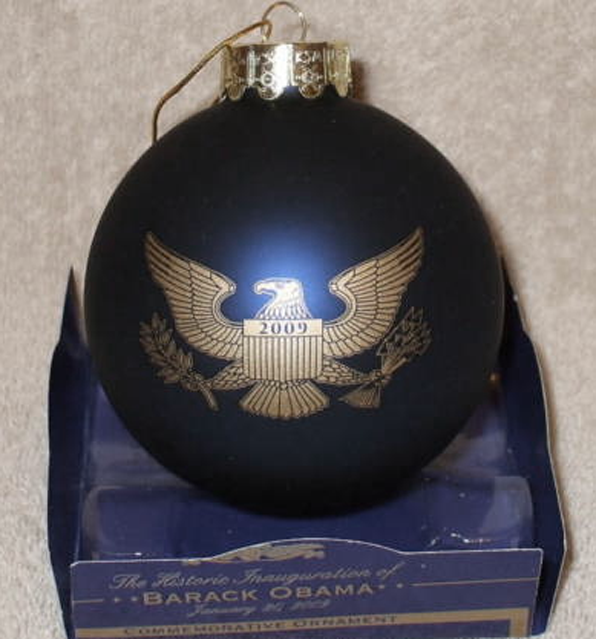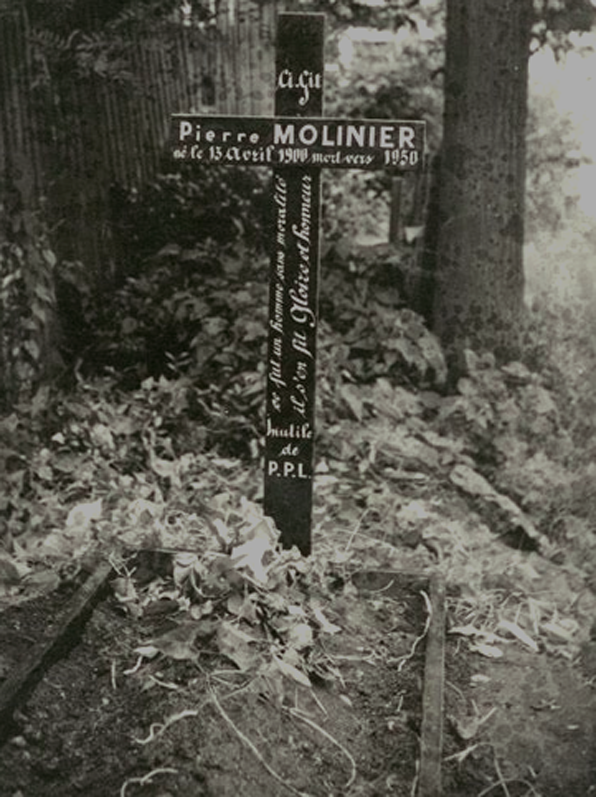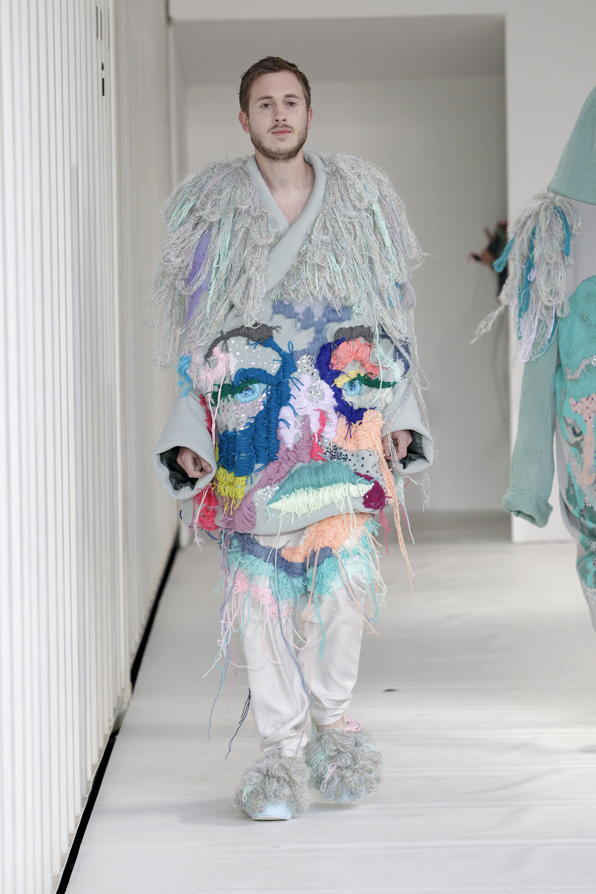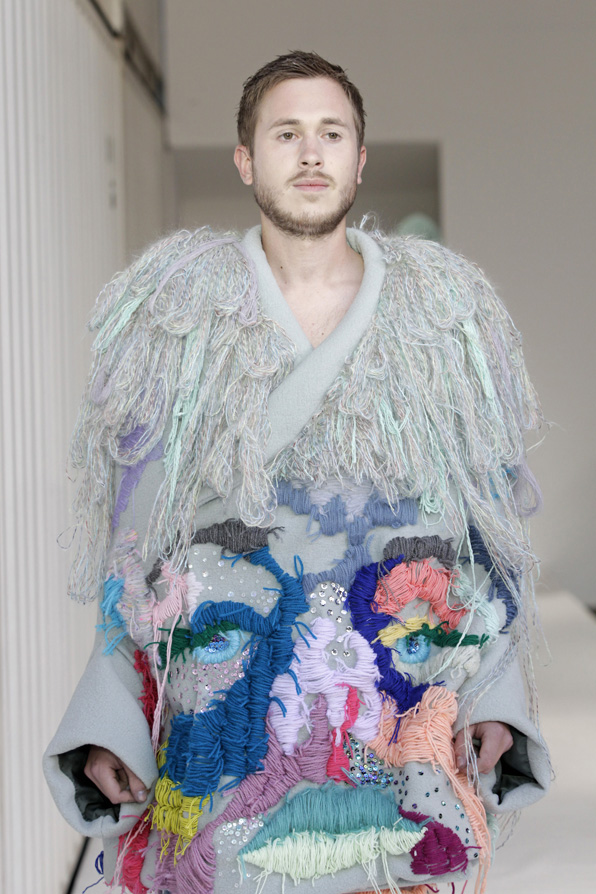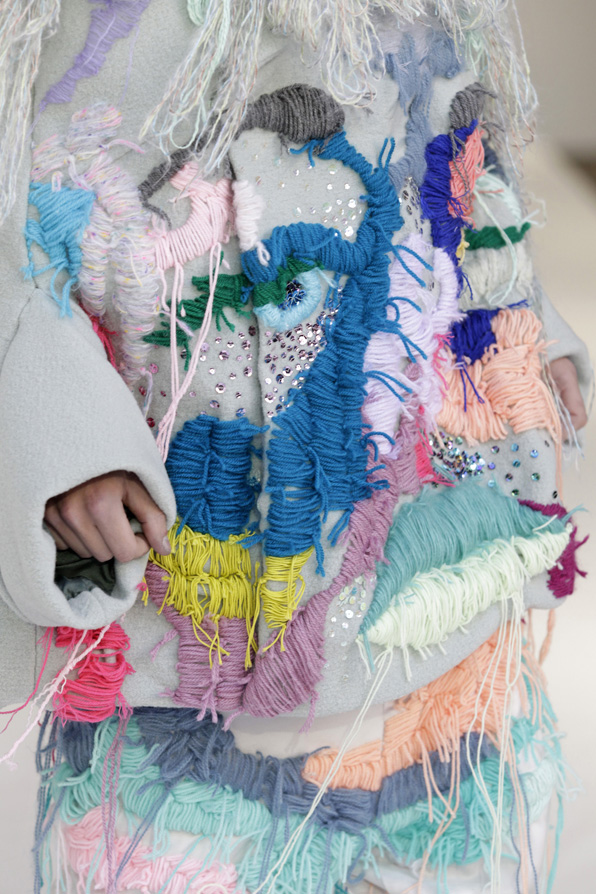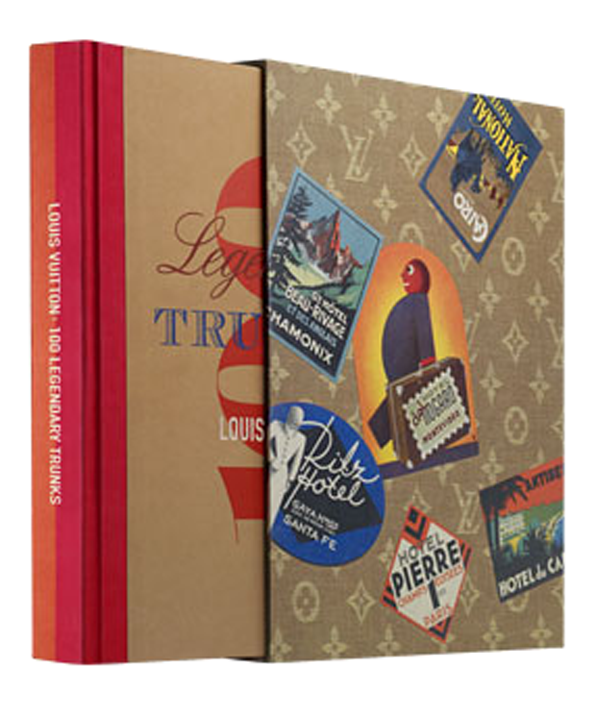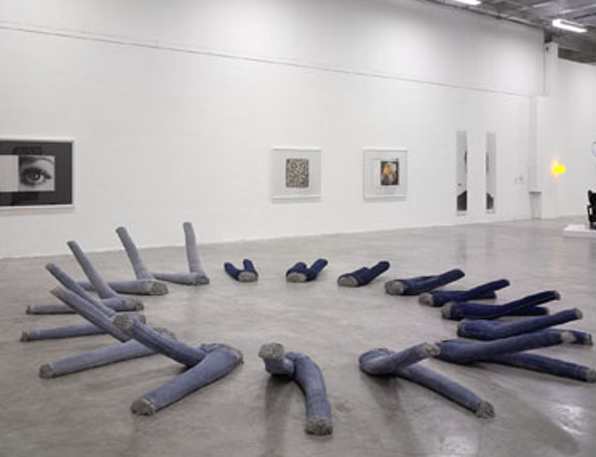Erik Odijk
My first introduction with his work was at the Fonds BKVB ; a huge drawing after you enter the building. My second time was at Franckendael, and Erik Odijk was there in person. There is always a great value in seeing and talking with the person behind the work and most of all about the work. And I love his work, this mysterious and impressive piece of art hanging on the wall as if it were original wallpaper from the Baroque and Symbolist period.
Erik Odijk makes drawings in his studio and at exhibitions where he draws on the wall. Nature is the protagonist in his oeuvre. The artist works through untamed landscapes and recapitulates the experience of place in his work. His drawn landscapes have a rugged charm. The multilayered graphic style makes tangible the tendrils of time and their slow entwining of nature. The style is a traditional one; in formal respects, it recalls the hallucinating quality of line in the landscapes of Jan Toorop in his Symbolist period. Erik Odijk depicts the vitality and the darkness of nature. His work is suffused with the idea that the real experience of nature is a euphoric one which is denied to us by our civilized lifestyle. This is why photography is gaining a more prominent role in his present work. Erik Odijk has recently been compiling photographic series relating to his landscape walks. These add an objective angle on the place experience: the photographs are a counterpoint to the drawings, and so expand his study of the experience of nature in the 21st century.

